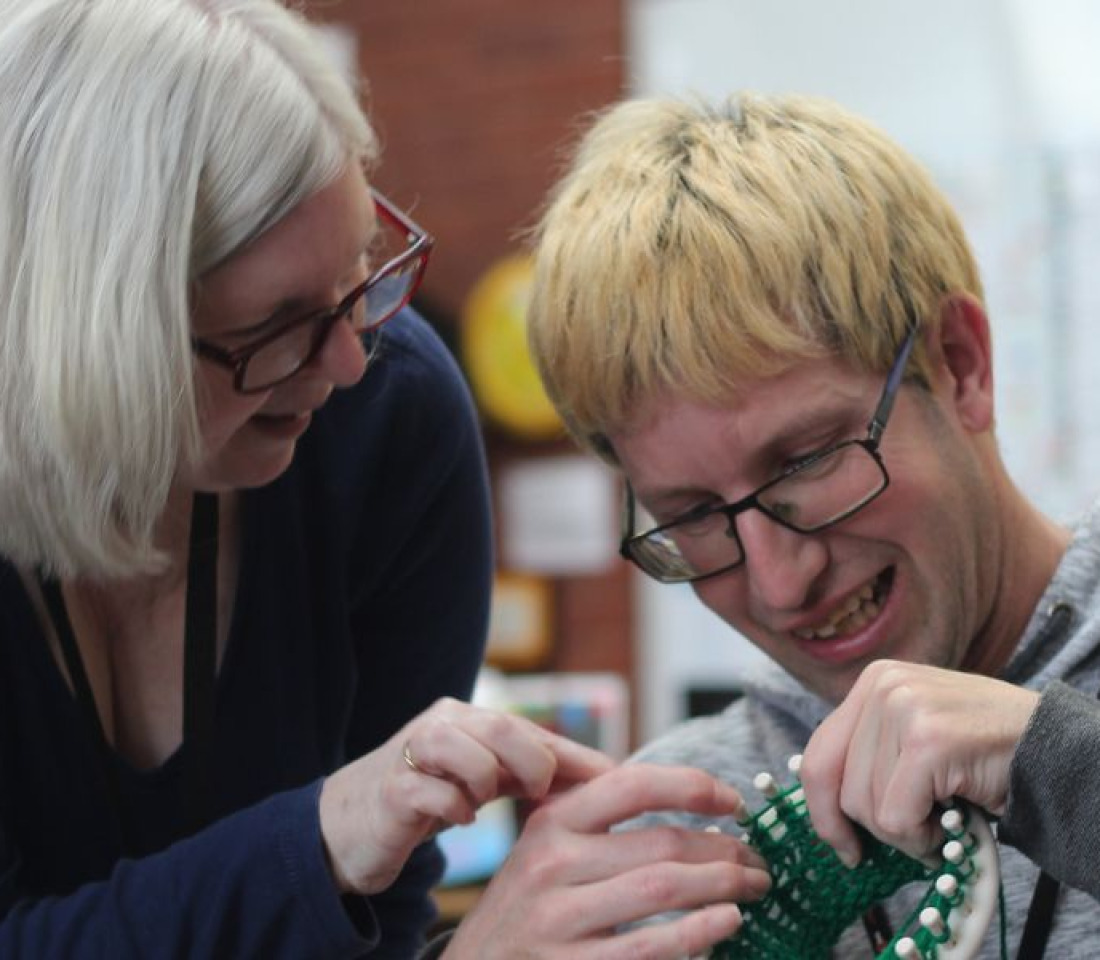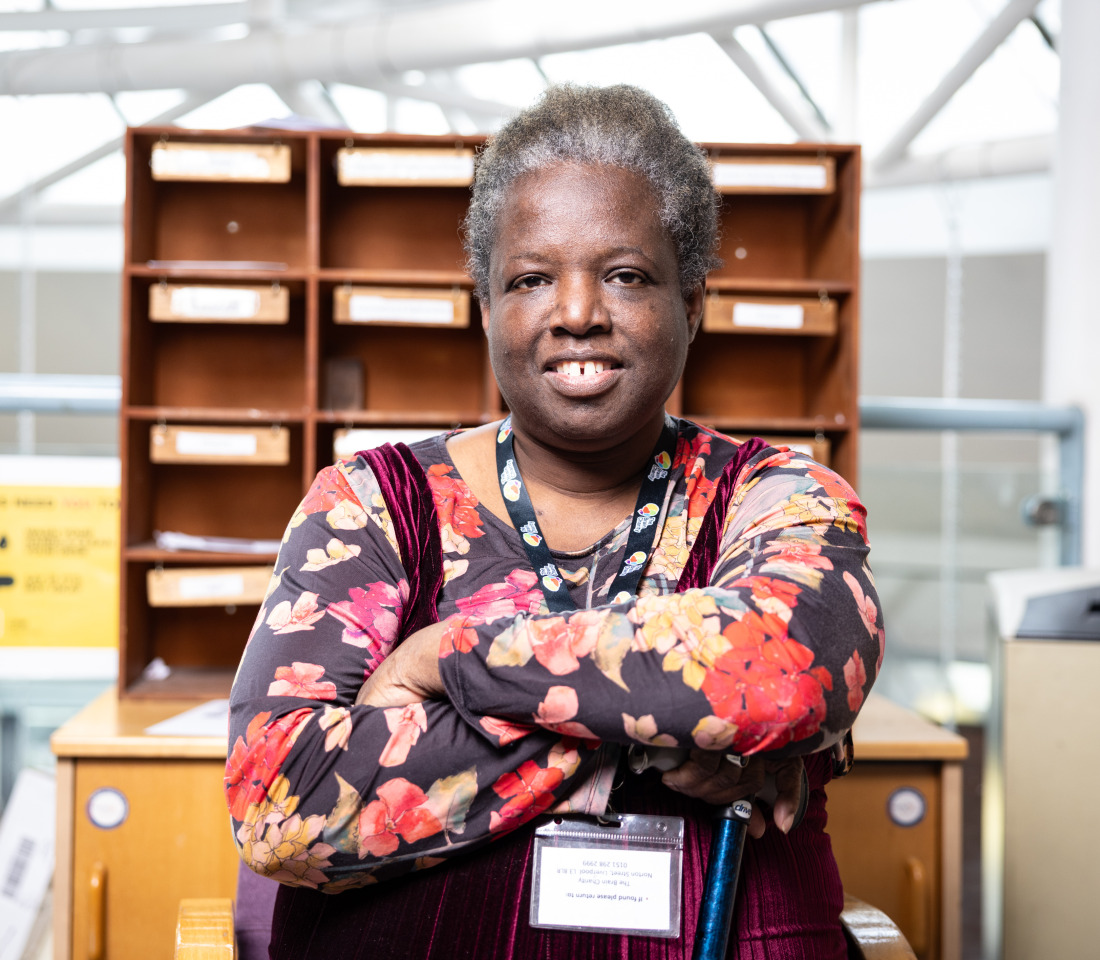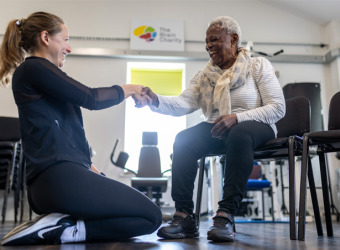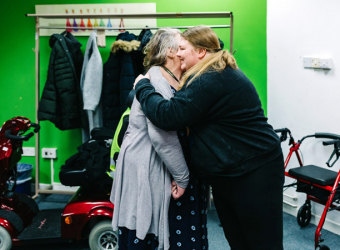What is muscular dystrophy?
The muscular dystrophies are a group of inherited genetic conditions that gradually cause the muscles to weaken, leading to an increasing level of disability.
There are several different types of muscular dystrophy. Some of the more common types include:
- Duchenne muscular dystrophy – one of the most common and severe forms, it usually affects boys in early childhood; people with the condition will often only live into their 20s or 30s
- Myotonic dystrophy – a type of MD that can develop at any age; life expectancy isn’t always affected, but people with a severe form of myotonic dystrophy may have shortened lives
- Facioscapulohumeral MD – a type of MD that can develop in childhood or adulthood; it progresses slowly and it isn’t usually life-threatening
- Becker MD – closely related to Duchenne muscular dystrophy, but it develops later in childhood and is less severe; life expectancy isn’t usually affected as much
- Limb-girdle MD – a group of conditions that usually develop in late childhood or early adulthood; some variants can progress quickly and be life-threatening, whereas others develop slowly
- Oculopharyngeal MD – a type of muscular dystrophy that doesn’t usually develop until a person is between 50 and 60 years old, and does not tend to affect life expectancy.
- Emery-Dreifuss MD – a type of muscular dystrophy that develops in childhood or early adulthood; most people with this condition will live until at least middle age.
What causes muscular dystrophy?
Muscular dystrophy is caused by changes (mutations) in the genes responsible for the structure and functioning of a person’s muscles.
The mutations cause changes in the person’s muscle fibres that interfere with the muscles’ ability to function. Over time, this causes increasing disability.
If you have a family history of MD , your GP may refer you for genetic testing and counselling to evaluate your risk of developing the condition or having a child with MD and to discuss the options available to you.
What are the symptoms of muscular dystrophy?
Duchenne muscular dystrophy is the most common form. Although girls can be carriers and mildly affected, it’s much more common in boys.
Signs and symptoms might include:
- Frequent falls
- Difficulty rising from a lying or sitting position
- Trouble running and jumping
- Waddling gait
- Walking on the toes
- Large calf muscles
- Muscle pain and stiffness
- Learning disabilities
- Delayed growth
Becker MD – Signs and symptoms are similar to those of Duchenne muscular dystrophy, but tend to be milder and progress more slowly.
Myotonic MD – Characterised by an inability to relax muscles after they contract. Facial and neck muscles are usually the first to be affected. People with this type may develop distinct features over time, such as a long, narrow face, drooping eyelids, and a slender neck.
Facioscapulohumeral (FSHD ) – Muscle weakness typically begins in the face, hip and shoulders. The shoulder blades might stick out like wings when arms are raised. Onset usually occurs in the teenage years but can begin in childhood or as late as age 50.
Congenital – This type affects boys and girls and is apparent at birth or before age 2. Some forms progress slowly and cause only mild disability, while others progress rapidly and cause severe impairment.
Limb-girdle – Hip and shoulder muscles are usually affected first. People with this type of muscular dystrophy might have difficulty lifting the front part of the foot and so might trip frequently. Onset usually begins in childhood or the teenage years.
















